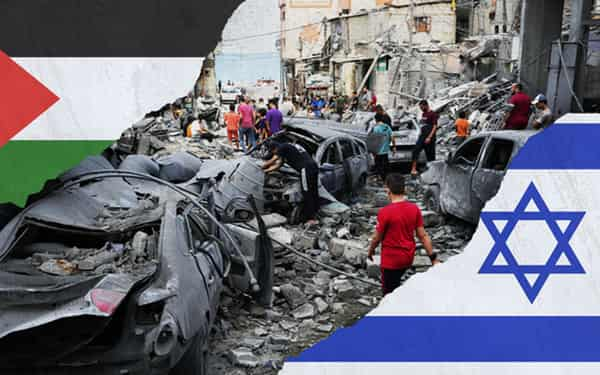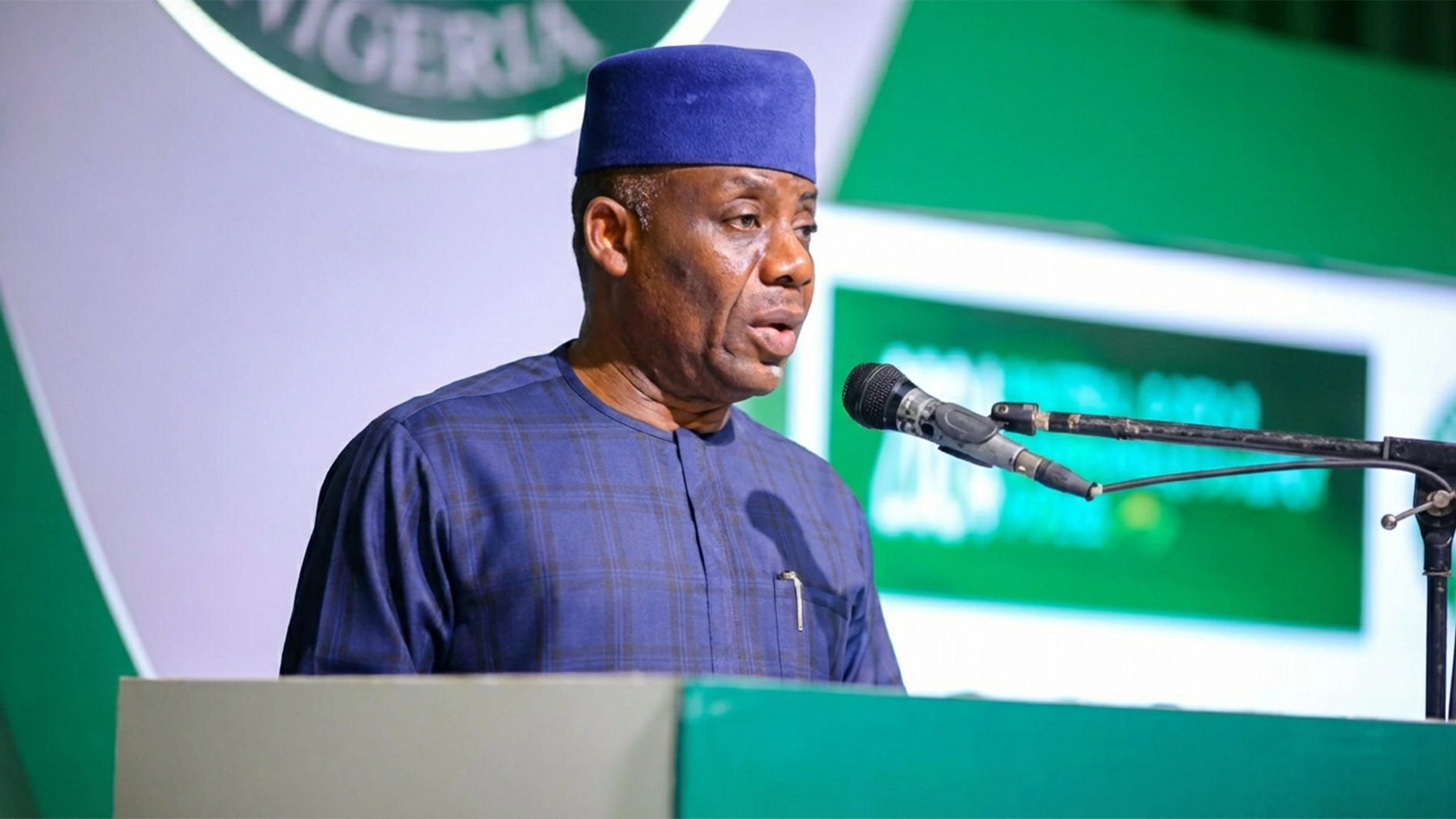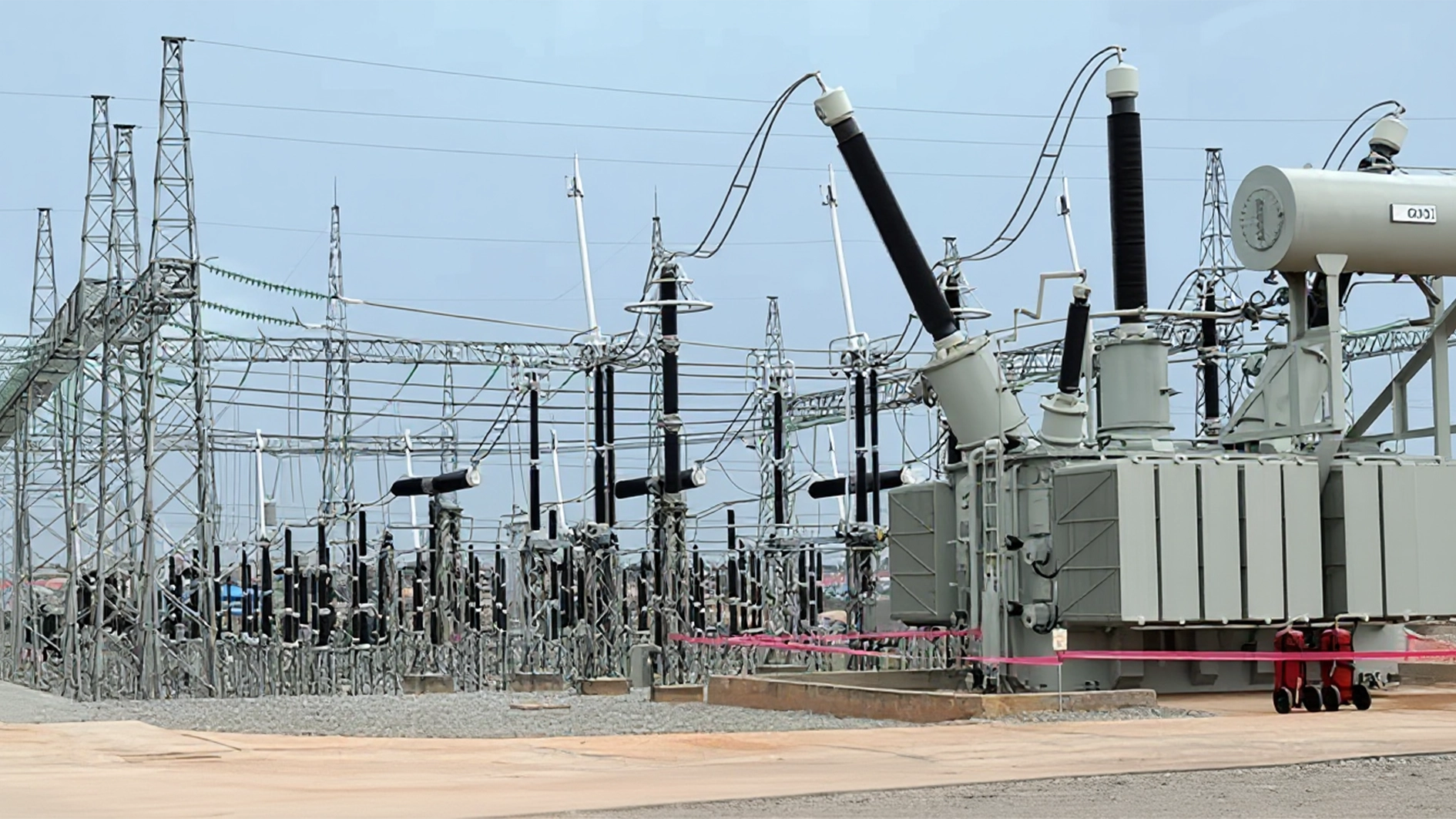Beyond brokering a ceasefire agreement between Israel and Hamas, the world leaders have a responsibility to fashion out strategies to tackle some envisaged post-war challenges with a view to making the peace deal work.
On October 13, 2025, a major summit on the Israeli–Hamas ceasefire agreement took place in Sharm el-Sheikh, Egypt. It was co-chaired by the United States President Donald Trump, who joined more than 20 other world leaders in Egypt for the talks.
Among the world leaders who attended were Palestinian Authority President Mahmoud Abbas, French President Emmanuel Macron, German Chancellor Friedrich Merz, British Prime Minister Keir Starmer, and former British Prime Minister Tony Blair. Also in attendance were officials from Qatar, Egypt, Jordan, the United Arab Emirates, and Turkey. Surprisingly, neither Israeli Prime Minister Benjamin Netanyahu nor representatives of Hamas attended the summit in person.
Although the ceasefire had already entered its first phase three days before the summit, the event provided crucial international diplomatic backing for it. In addition to discussions on governance and reconstruction plans for Gaza, the gathering emphasised “tolerance, dignity, and equal opportunity for every person … a place where all can pursue their aspirations in peace, security, and economic prosperity.”
President Trump, Egyptian President Abdel Fattah el-Sisi, Turkish President Recep Tayyip Erdoğan, and Qatari Emir Tamim bin Hamad Al Thani signed the ceasefire document dubbed “The Trump Declaration for Enduring Peace and Prosperity”. The declaration stated, among other things: “We understand that lasting peace will be one in which both Palestinians and Israelis can prosper with their fundamental human rights protected, their security guaranteed, and their dignity upheld.”
We commend Trump and other stakeholders for their great efforts toward securing a ceasefire in the war-torn Gaza. The summit marked one of the strongest collective diplomatic efforts to move beyond the immediate conflict and initiate a transition toward peace and stability. For Gaza’s civilians, the summit offers hope — the promise of reconstruction, humanitarian relief, and a new political path.
The ceasefire paves the way for unhindered delivery of food, medicine, fuel, and other relief supplies through the Egyptian-controlled Rafah crossing and other entry points. Egypt, sharing a border with Gaza, has a direct security interest in preventing spillover violence or a refugee influx. Additionally, Egypt’s involvement ensures coordination in rebuilding hospitals, schools, and homes destroyed during the conflict. The ceasefire talks also created an opening for long-term peace negotiations beyond temporary truces. They could lead to intra-Palestinian reconciliation between Hamas and the Palestinian Authority (PA), which is crucial for establishing a unified Palestinian leadership.
However, commitments to a ceasefire are one thing, and their effective implementation is another. As of the time of writing this editorial, Israeli forces had launched renewed airstrikes in Gaza, following accusations that Hamas had killed two Israeli soldiers, despite the ceasefire remaining officially in force.
Reports indicate that approximately 26 Palestinians were killed in one such strike. Israeli Prime Minister Benjamin Netanyahu acknowledged that around 153 tonnes of bombs had recently been dropped on Gaza, amid claims that the ceasefire had been violated multiple times, largely by Israel, resulting in civilian casualties. These incidents constitute significant breaches of the ceasefire agreement.
Whether these Israeli strikes represent isolated violations or a full resumption of hostilities remains uncertain. Nonetheless, the ceasefire is clearly under strain. One contentious element of the agreement involves the repatriation of the bodies of deceased hostages. Hamas has delivered some remains, yet disagreements persist regarding the number of victims still buried under debris and the mechanisms for their recovery. Within Gaza, the situation remains unstable, characterised by competing efforts to re-establish order and prevent abuse of authority.
Beyond the ceasefire’s political symbolism, practical measures for enforcing peace are urgently required. The magnitude of Gaza’s humanitarian crisis necessitates robust international engagement. The United Nations has called for a substantial expansion of humanitarian aid, warning that hundreds of thousands remain in critical need.
Hamas has reportedly deployed security forces across the enclave to restore control and suppress rival factions’ looting and alleged collaborators. Reports of extrajudicial killings and internal clashes between Hamas and local clans further highlight the volatility of the situation.
The central challenge in the months ahead will be translating the ceasefire commitments into tangible security and governance outcomes. The disarmament objectives of the pact raise difficult questions: Who will be responsible for security in Gaza, how will weapons be managed, what form will governance take in the post-war period, and how can human rights and justice be effectively safeguarded?
Proposals under consideration include establishing a multinational international stabilisation force to ensure security, oversee disarmament, facilitate reconstruction, and support civil policing. Another option is the creation of an international transitional authority to administer Gaza during the post-war transition, and eventual transfer to a legitimate Palestinian government.
These initiatives reflect aspirations to transition from a fragile truce to sustainable peace. However, they remain politically contested, and their success is uncertain. Persistent disagreements over governance, security control, and Hamas’s disarmament continue to impede progress.
Should Israel’s military operations in Gaza expand and consolidate, the humanitarian, political, legal, and geopolitical consequences could be severe. A coordinated international action is imperative to prevent further deterioration and to lay the groundwork for a durable and just peace in Gaza.
All hands must be on deck — from global powers to regional actors — to avert an impending catastrophe in Gaza and to give peace, however fragile, a chance.






